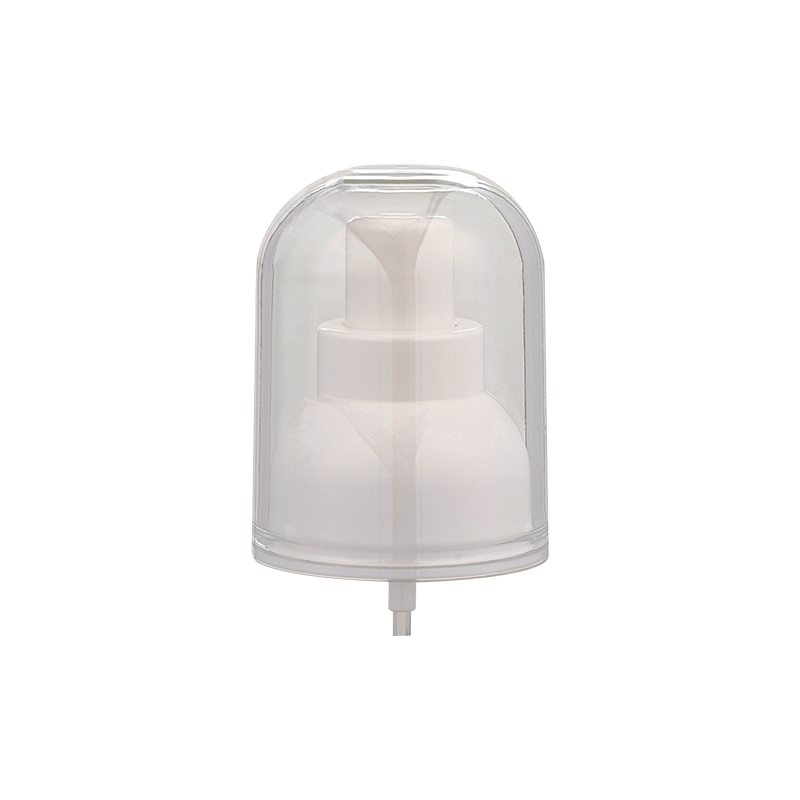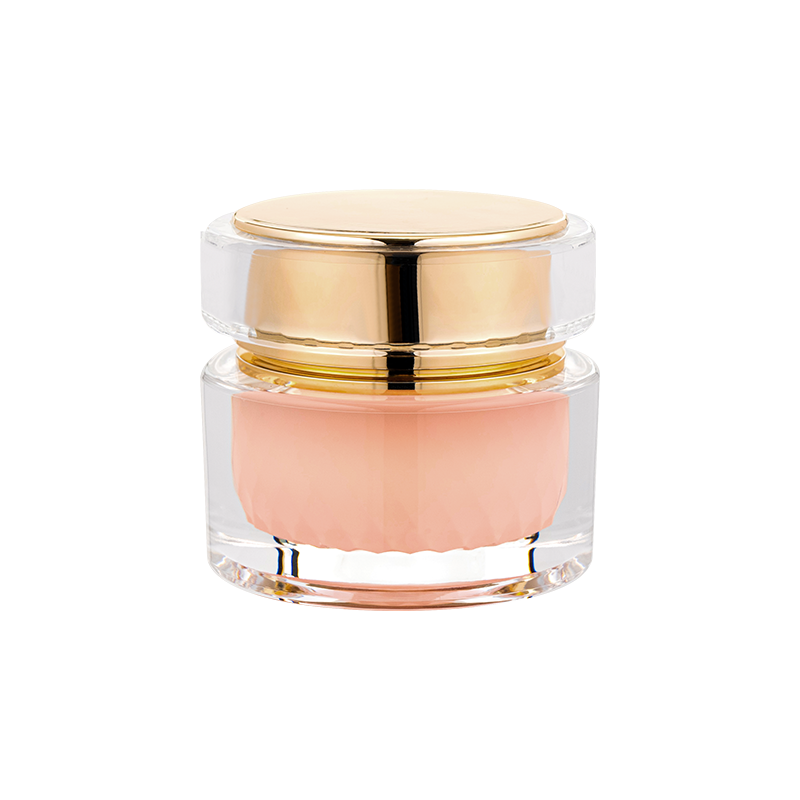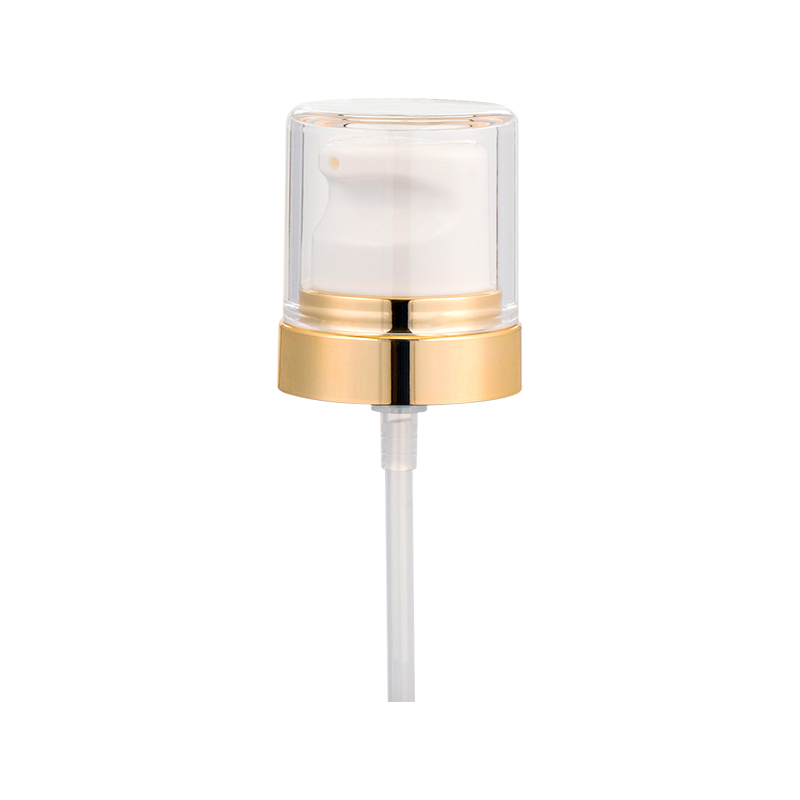Electrochemical Aluminum Spray Tilt Pump

In large-scale industrial production sectors such as chemicals, food, and pharmaceuticals, efficient and stable emulsion spray systems play a critical role. These systems face significant challenges, including the demand for high flow rates and resistance to corrosive media. To ensure the optimal performance of the entire industrial emulsion spray system, precise selection of its heart components—the large emulsion spray pump and its precisely matched upper cover—is paramount. This article will guide you on how to make the most professional and reliable choice centered around the core assembly of the 20T Spray Emulsion Pump (Large) + Upper Cover.
This section delves into the critical roles of the pump and its upper cover, explaining why their performance and integration are fundamental to the entire operation.
Selecting the right pump and upper cover assembly requires a meticulous evaluation of several technical factors. Focusing on these five key areas will ensure your investment meets both your immediate and long-term operational needs.
The primary purpose of a large pump is to deliver significant volume. It is essential to precisely calculate your process's required flow rate (e.g., in liters per minute) and system pressure (e.g., in bar or psi). An undersized pump will struggle to meet demand, causing bottlenecks, while an oversized one leads to unnecessary energy consumption and potential wear. The "20T" designation suggests a high-capacity unit, but verifying the exact performance curve against your specific application parameters is a critical first step.
The chemical composition of the emulsion is perhaps the most critical factor in selecting compatible materials. For aggressive chemical, cosmetic, or food-grade emulsions, opting for a Corrosion-Resistant Emulsion Pump is non-negotiable. The material must resist attack, prevent contamination, and maintain structural integrity.
The following table provides a general comparison of common material choices:
| Material Option | Typical Applications | Advantages | Considerations |
| Stainless Steel (e.g., 304, 316L) | Food, pharmaceuticals, mild chemical emulsions. | Excellent general corrosion resistance, high strength, easy to clean, suitable for sanitary applications. | May not be suitable for highly concentrated chlorides or strong acids. 316L offers better resistance than 304. |
| Engineering Plastics (e.g., PP, PVDF) | Highly aggressive chemical emulsions, acidic or alkaline solutions. | Outstanding resistance to a wide range of corrosive chemicals, lightweight, and cost-effective for specific corrosives. | Generally has lower mechanical strength and temperature tolerance compared to stainless steel. May not be suitable for high-pressure applications. |
Crucially, material compatibility must extend to the Upper Cover and all other wetted parts to form a truly and uniformly corrosion-resistant emulsion pump system.
The Upper Cover is the guardian of the pump's sealing system. Its design and the type of seal it incorporates are paramount in preventing leaks and ensuring product integrity. Common sealing methods include O-rings (for standard applications) and mechanical seals (for high-pressure or demanding conditions). The choice depends on the emulsion's properties, operating pressure, and required hygiene standards. A well-designed upper cover allows for effective and reliable sealing, which is fundamental to safe and efficient operation.
Design features that facilitate easy operation and reduce downtime are hallmarks of a quality system. Consider if the Upper Cover is designed for quick and easy disassembly without specialized tools, allowing for rapid cleaning, inspection, and replacement of seals. Similarly, the pump design should provide accessible points for routine maintenance. These features directly impact operational efficiency and total cost of ownership.
The selected 20T Spray Emulsion Pump + Upper Cover must integrate seamlessly into your existing Industrial Emulsion Spray System. This involves verifying critical installation dimensions, port thread types and sizes (e.g., inlet/outlet connections), mounting footprint, and electrical requirements (for motor-driven pumps). A failure to ensure compatibility at this stage can lead to costly re-engineering and installation delays.
This section aims to clarify frequent doubts and correct common misunderstandings regarding the selection and use of the 20T Large Spray Emulsion Pump and Upper Cover.
A: It is strongly discouraged. The 20T Spray Emulsion Pump + Upper Cover is engineered to function as a perfectly matched system. The upper cover is precisely machined to ensure an optimal seal with the specific pump body. Using a non-original or mismatched cover, even if it appears to fit, can lead to a cascade of problems, including:
A: No, this is a critical misconception. A truly effective Corrosion-Resistant Emulsion Pump requires a holistic approach. If the pump body is made of stainless steel or PVDF, but the upper cover, seals, and internal valves are made from a less resistant material, the entire system remains vulnerable. The weak point will be the first component to fail, leading to leaks and downtime. All wetted parts must possess a comparable level of chemical resistance to ensure long-term, reliable operation.
A: Not necessarily. While a larger pump has a higher potential power draw, modern efficient designs and proper selection can optimize energy usage. The key is to match the pump's performance curve precisely to your system's requirements. A common mistake is using a throttling valve excessively to reduce flow from an oversized pump, which is a highly inefficient method. The relationship between flow, pressure, and power is not always linear. The following table contrasts different selection scenarios:
| Selection Scenario | Impact on Energy Consumption | Operational Outcome |
| Correctly Sized 20T Pump | Optimized. The pump operates near its Best Efficiency Point (BEP), providing the required high flow with minimal wasted energy. | Ideal scenario: efficient, reliable, and cost-effective operation. |
| Oversized Pump | High. The pump operates far from its BEP, and energy is wasted as excess heat and friction, especially if flow is controlled by throttling. | High operational costs, increased wear, and potential for cavitation. |
| Undersized Pump | Inefficiently High. The pump must run at its maximum capacity or for extended hours to meet demand, leading to sustained high power draw and premature motor failure. | Inability to meet production demand, frequent breakdowns, and high energy use per unit of output. |
A: While its primary function is indeed sealing, a well-designed upper cover often contributes to more. It can be integral to the pump's structural rigidity, help manage fluid inlet for smooth flow (preventing air entrapment), and in some designs, incorporate ports for venting or pressure relief. Therefore, it should be viewed as a critical functional component, not just a passive seal.
Selecting the right components for your high-capacity emulsion application is not merely a procurement task; it is a strategic decision that directly impacts your operation's productivity, reliability, and total cost of ownership. As this guide has detailed, the assembly of the 20T Spray Emulsion Pump (Large) + Upper Cover forms the very heart of your industrial emulsion spray system. Viewing this pump and cover as an inseparable, integrated system is the foundational principle for achieving success.
To encapsulate the key decision-making criteria, the following table provides a consolidated overview of the superior outcomes achieved by a strategic, integrated approach compared to a shortsighted, cost-focused one:
| Investment Focus | Strategic, Integrated Investment | Shortsighted, Cost-Focused Purchase |
| Core Philosophy | Views the 20T Spray Emulsion Pump + Upper Cover as a single, performance-critical system. | Treats the pump and cover as separate, commoditized items. |
| Performance & Output | Guarantees stable, consistent high-flow performance, meeting production targets and maintaining product quality. | High risk of pressure drops, flow inconsistencies, and failure to meet system demands. |
| Reliability & Uptime | Maximizes operational uptime through perfect compatibility, robust construction (often as a corrosion-resistant emulsion pump), and seamless integration. | Prone to unplanned downtime due to leaks, component failure, and incompatibility issues. |
| Lifecycle Cost | Lower Total Cost of Ownership. Higher initial investment is offset by superior longevity, reduced energy consumption (when correctly sized), and minimal maintenance. | Higher Total Cost of Ownership. Lower purchase price is negated by frequent repairs, high energy waste, premature replacement, and production losses. |
| Risk Mitigation | Mitigates risks of leakage, product contamination, and safety incidents through engineered sealing and material compatibility. | Exposes the operation to significant operational, safety, and financial risks. |
Ultimately, an informed investment transcends the initial purchase price. It requires a holistic assessment of flow requirements, material compatibility, sealing technology, system integration, and the intrinsic synergy between the pump and its upper cover. By prioritizing these technical factors and insisting on a matched system, you are not just buying a piece of equipment; you are investing in the smooth, efficient, and profitable future of your production line. Let this comprehensive analysis serve as your guide to making a choice that delivers enduring value and operational excellence.


What Makes Acrylic Cream Jars with Diamond Designs Stand Out?

20 Horn Emulsion Spray Pump + Upper Cover: How to Choose the Best One?
News Categories
Recent Posts